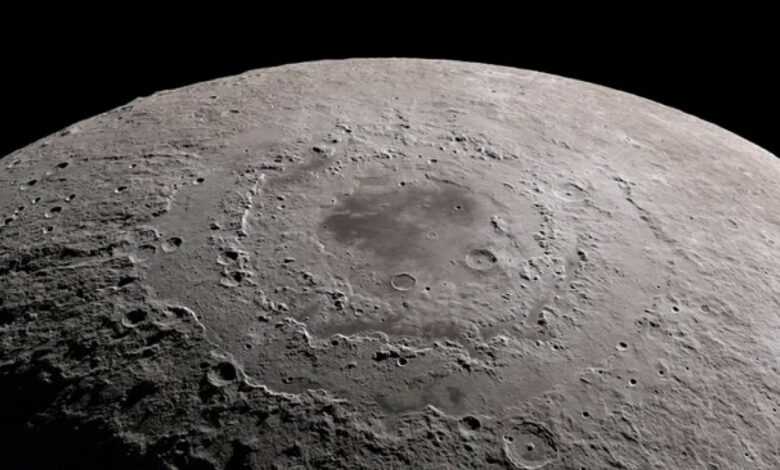New moon map aims to identify the origin of impact craters from rock samples

A geological map of the moon’s Mare Orientale basin is expected to increase understanding of the history of lunar impacts and support future sample return missions. This map, created from research led by Kirby Runyon of the Planetary Science Institute in Tucson, Arizona, aims to identify the original impact melt beneath layers of lava flows and debris. By analyzing this material, scientists were able to accurately determine the age of the basin, estimated at about 3.8 billion years.
The significance of Mare Orientale in lunar history
Mare Orientale is located on the border between the near and far sides of the moon, and its structure shows a double ring with an outer diameter of 930 kilometers. The basin, created by a massive ancient impact, contains hardened basalt rock formed by the original impact melt.
However, over billions of years the surface has been buried by lava flows and newer craters. The newly developed map identifies areas of the original basin floor and highlights younger craters, allowing targeted sampling, according to a Phys.org report.
Potential for accurate dating of lunar basins
The new map distinguishes regions likely to contain original fusion melt, referred to as “BFsc”, and areas covered by younger geological features. Runyon explained that if samples from these regions are found to be the same age, it would validate the method of using impact melt to date other lunar basins. Such findings could illuminate the timeline of giant impacts that shaped the early solar system and provide insight into Earth’s early history.
Implications for Earth’s impact history
The moon’s preserved impact record provides a unique opportunity to investigate Earth’s violent early history, where impacts likely affected the planet’s habitability. These events may have evaporated the oceans and slowed the emergence of life.
Although some models suggest that a complete sterilization of Earth was unlikely, repeated impacts could have significantly changed its evolutionary trajectory. The findings from lunar samples could reshape understanding of the role these effects played in Earth’s development and guide future exploration efforts.




